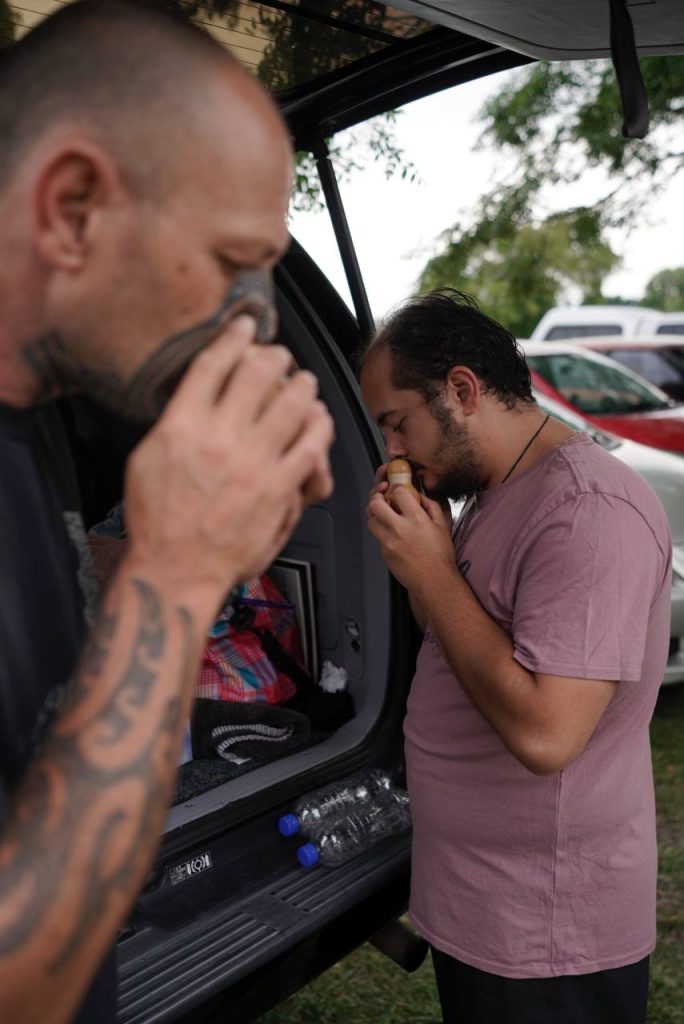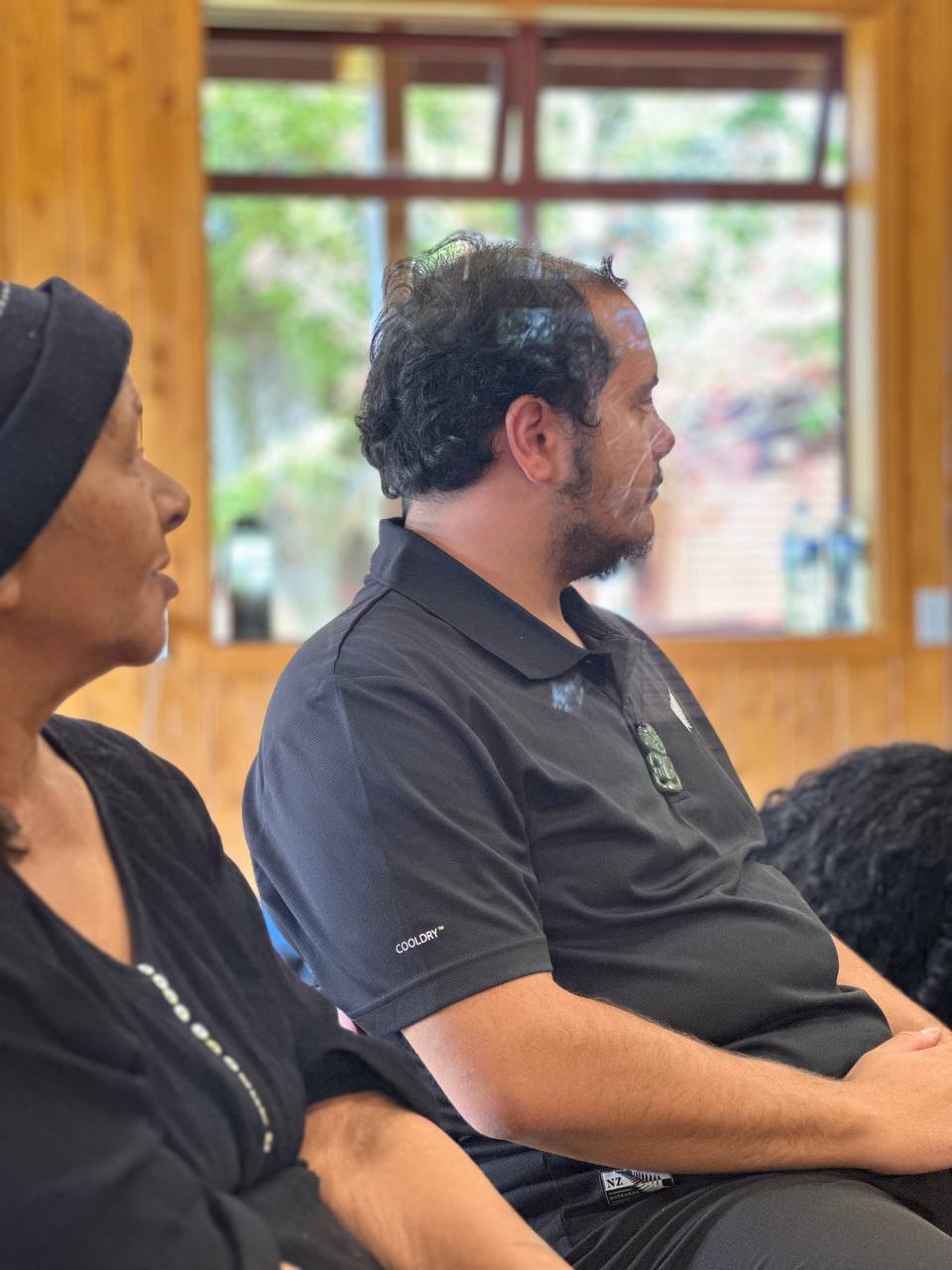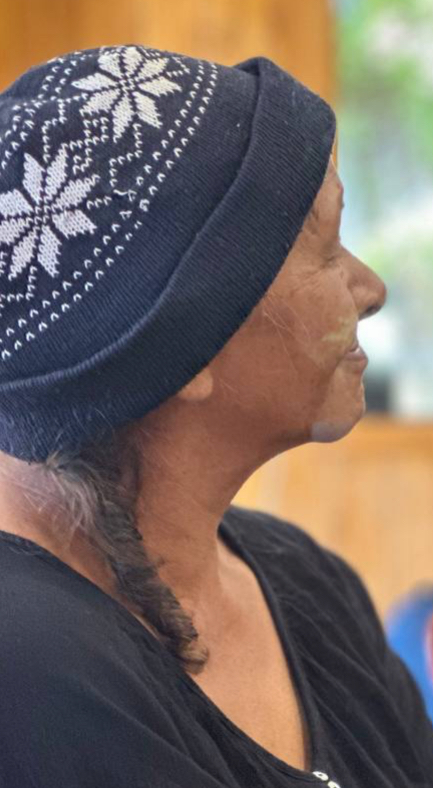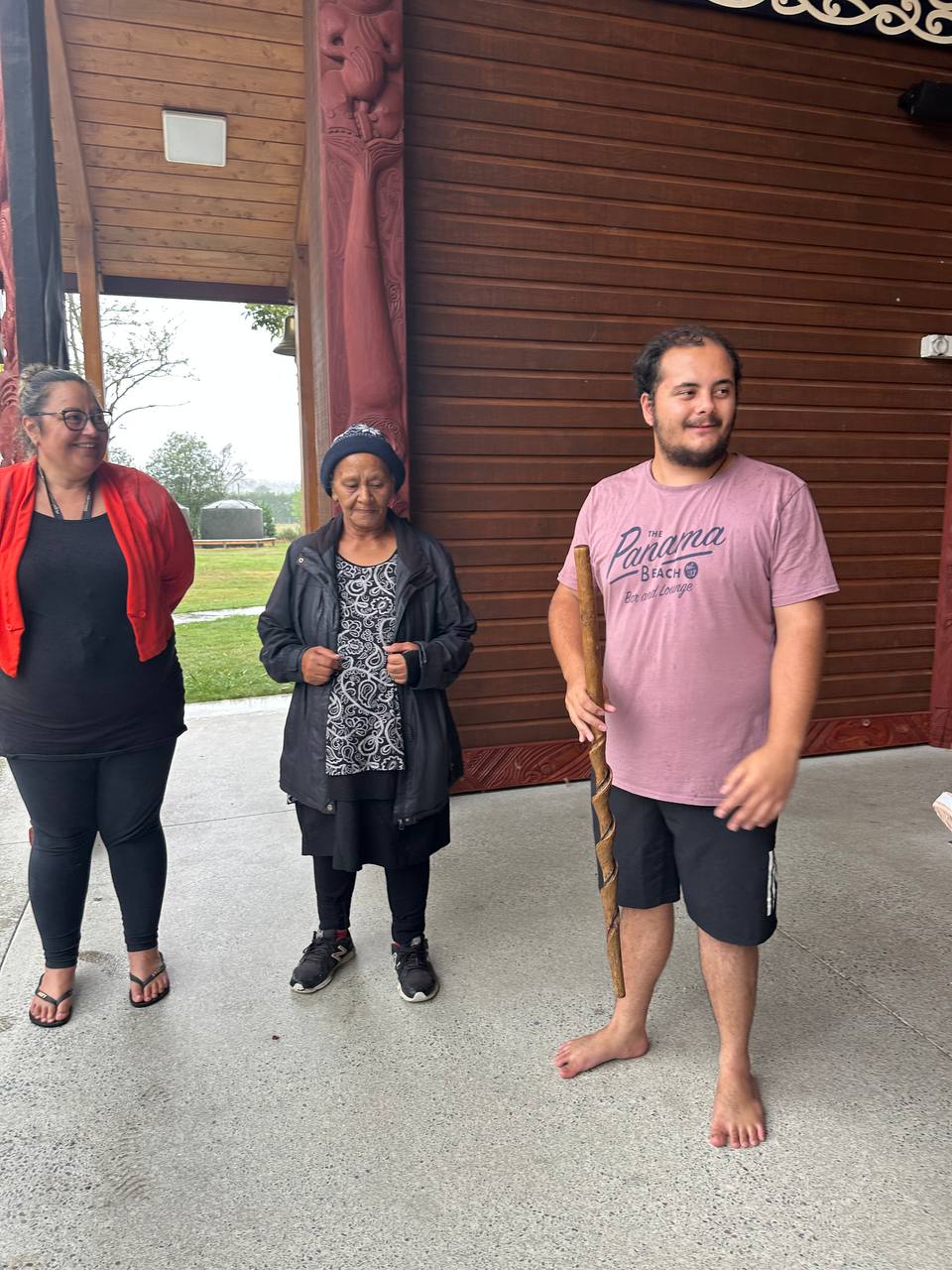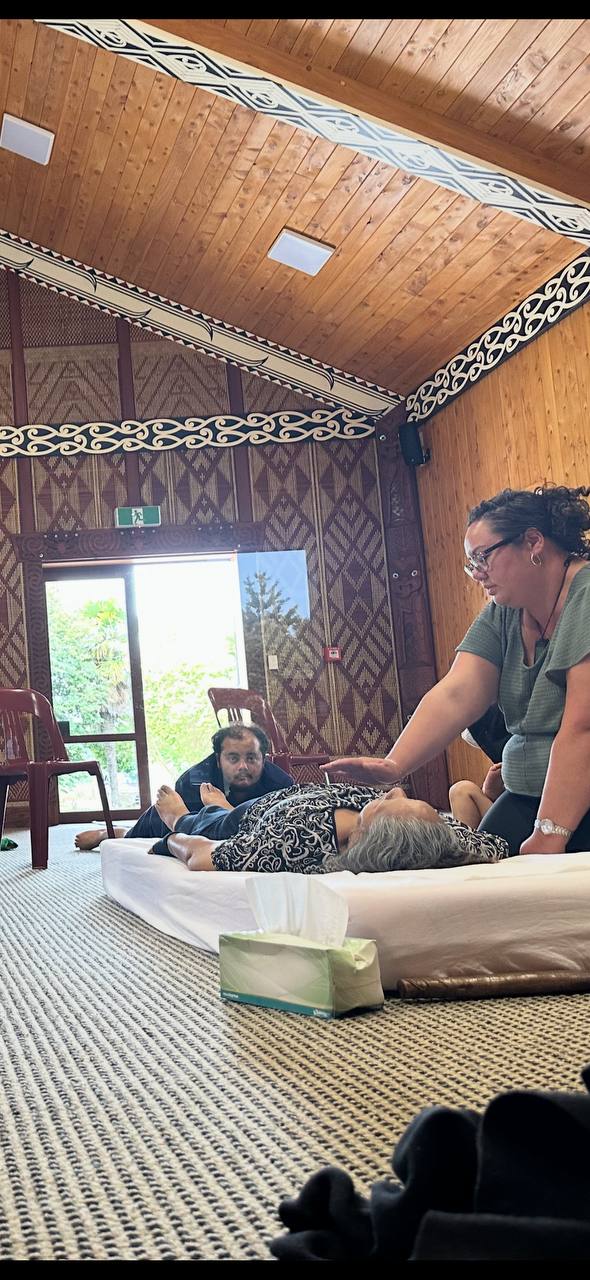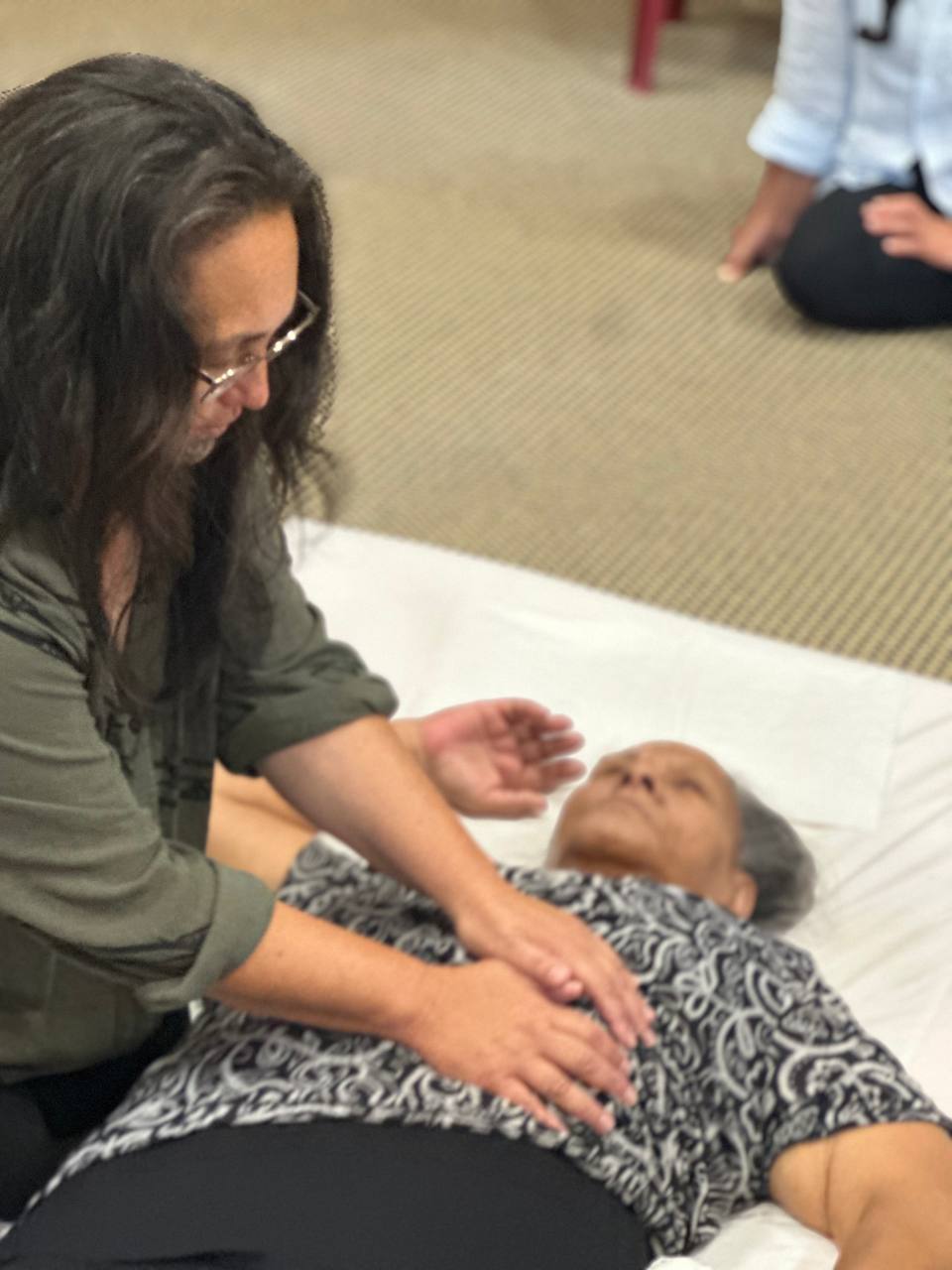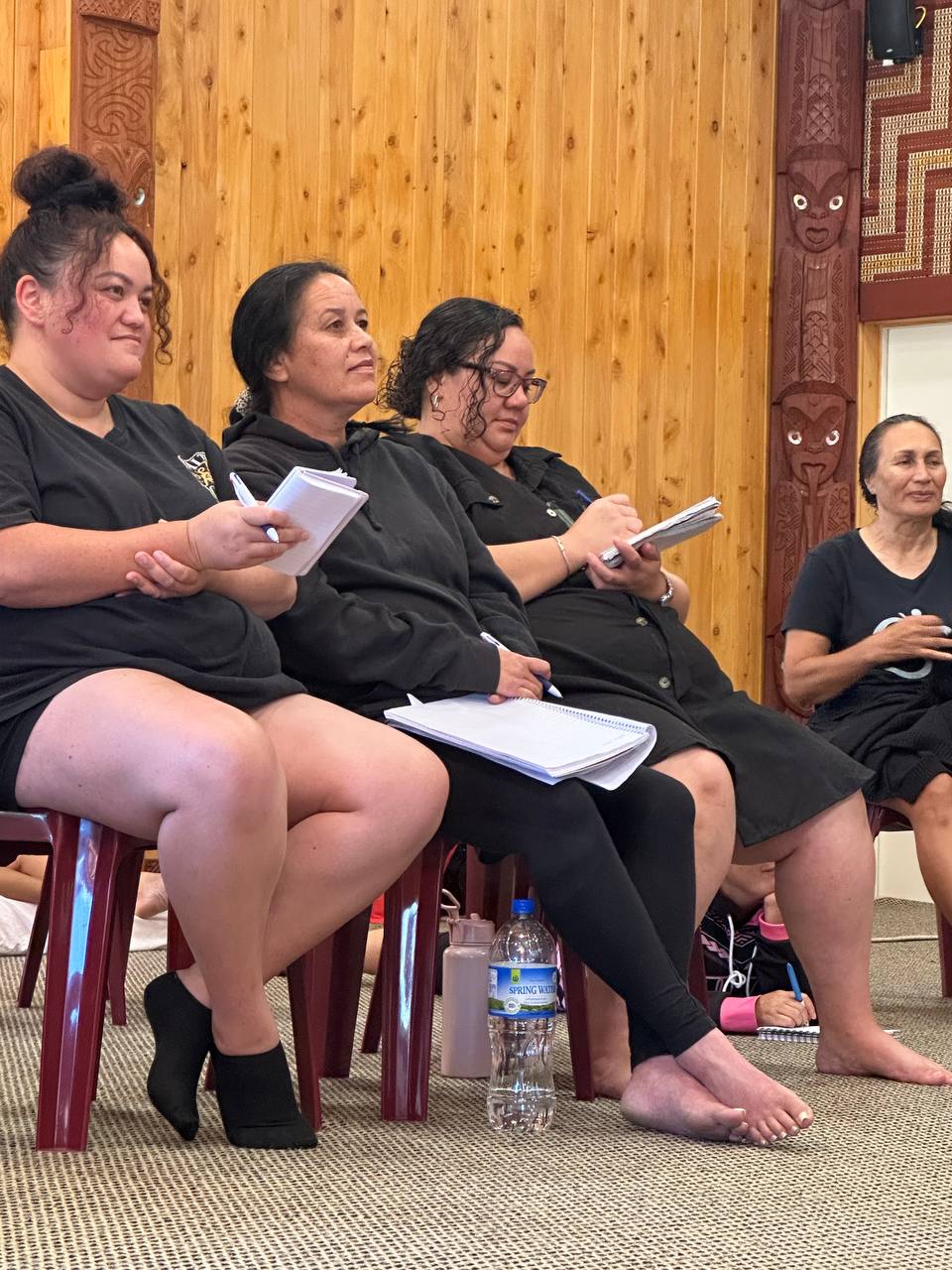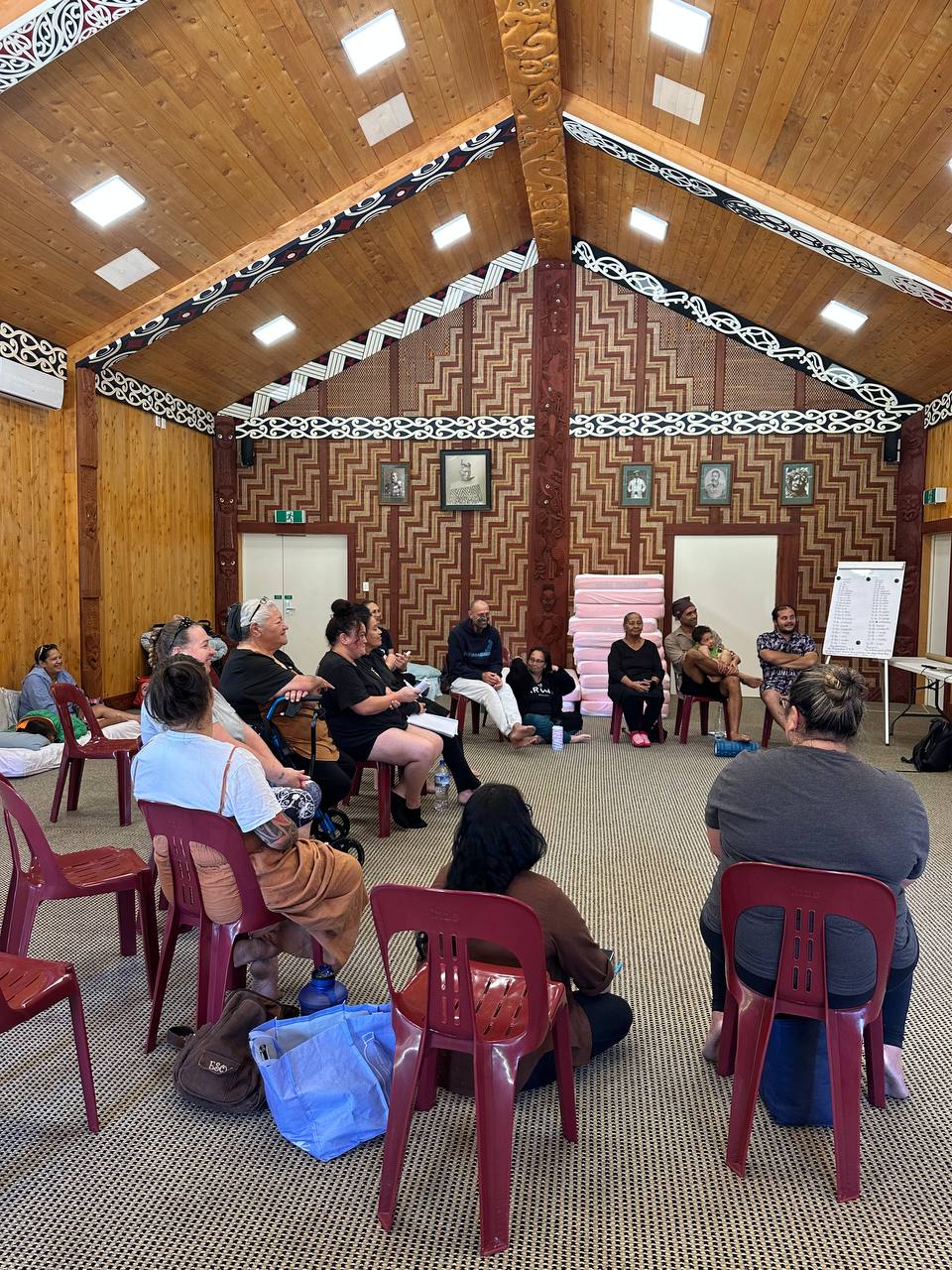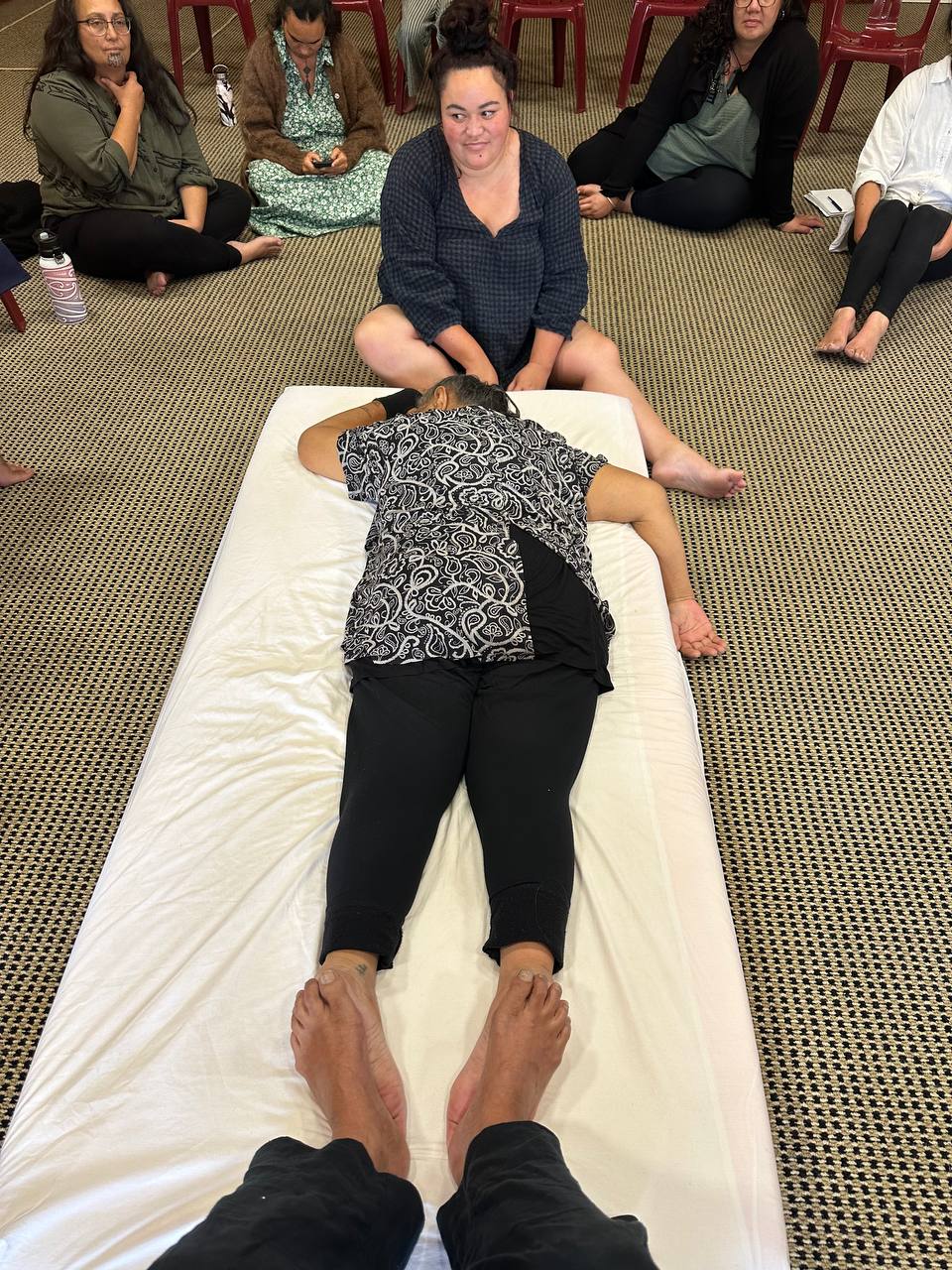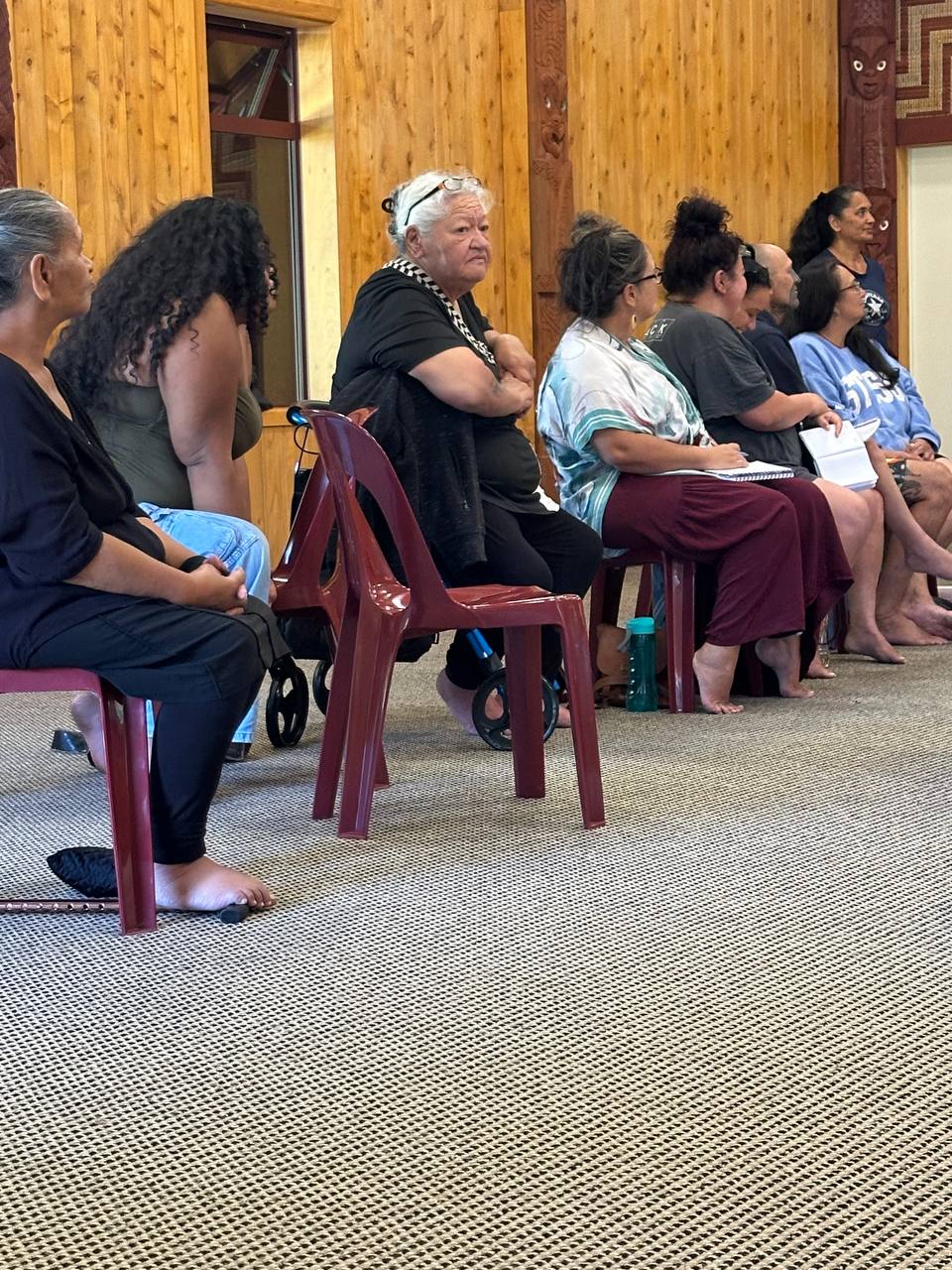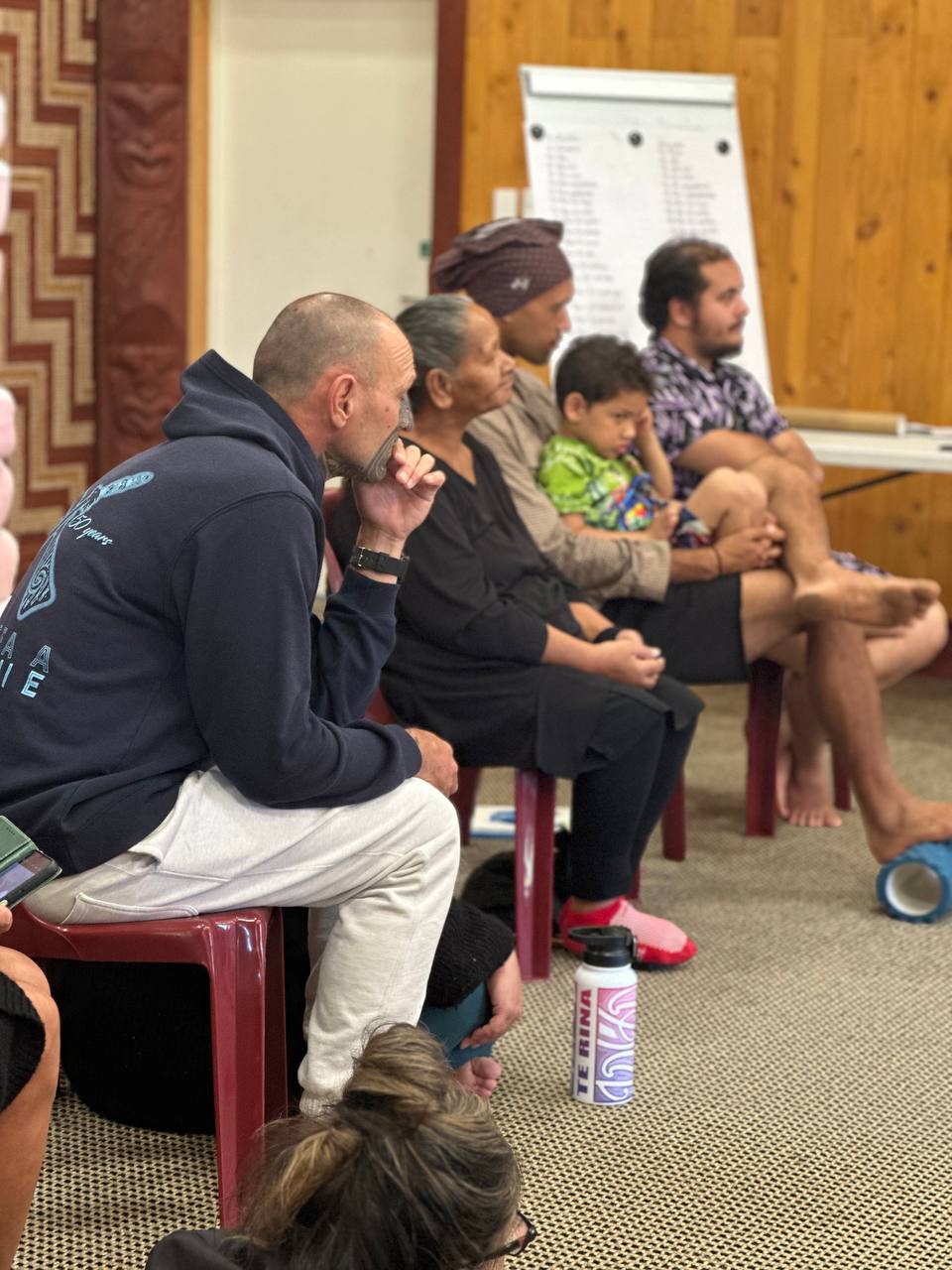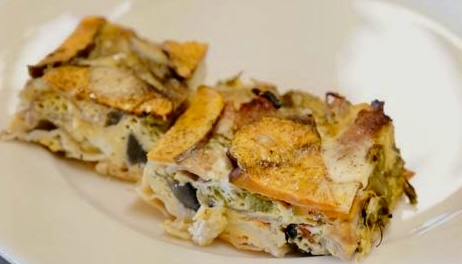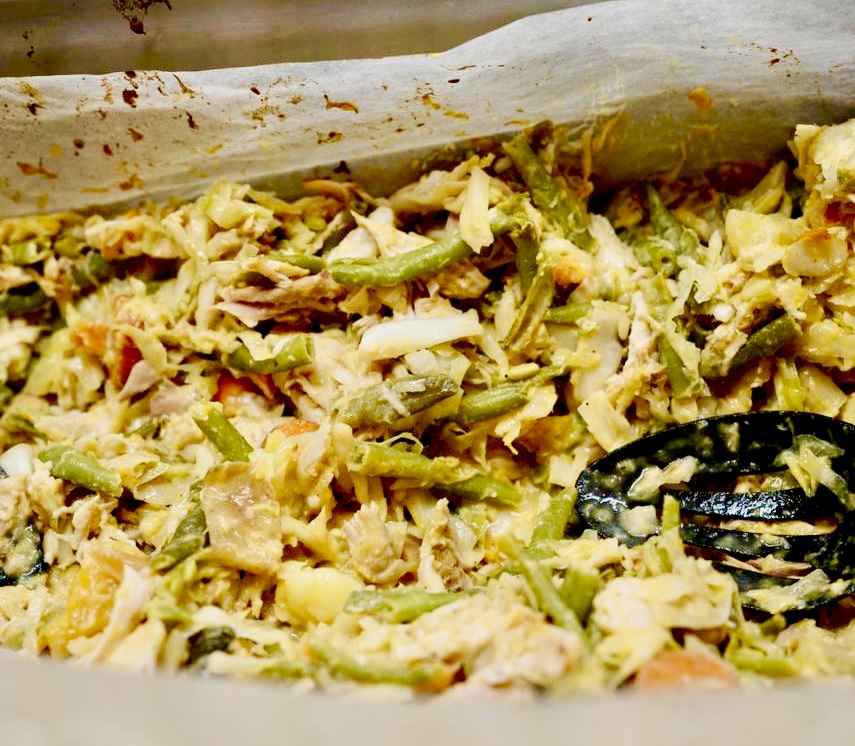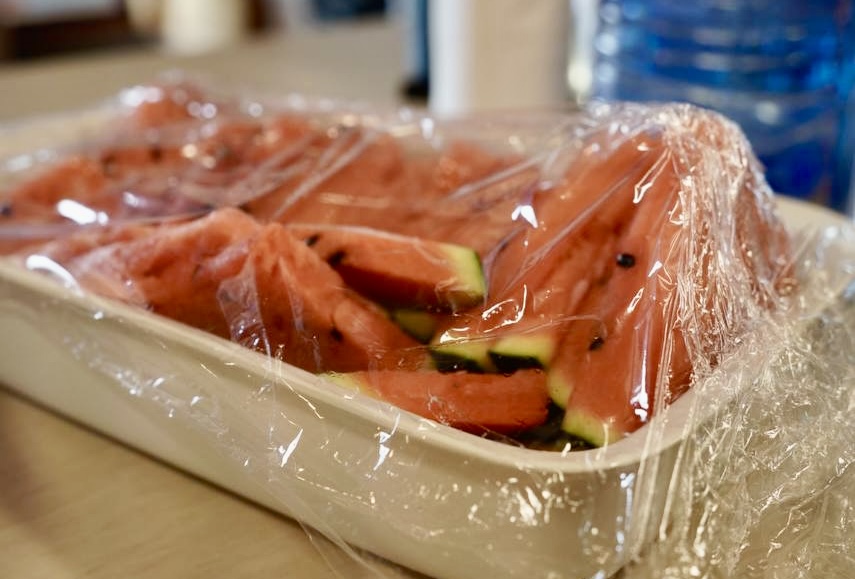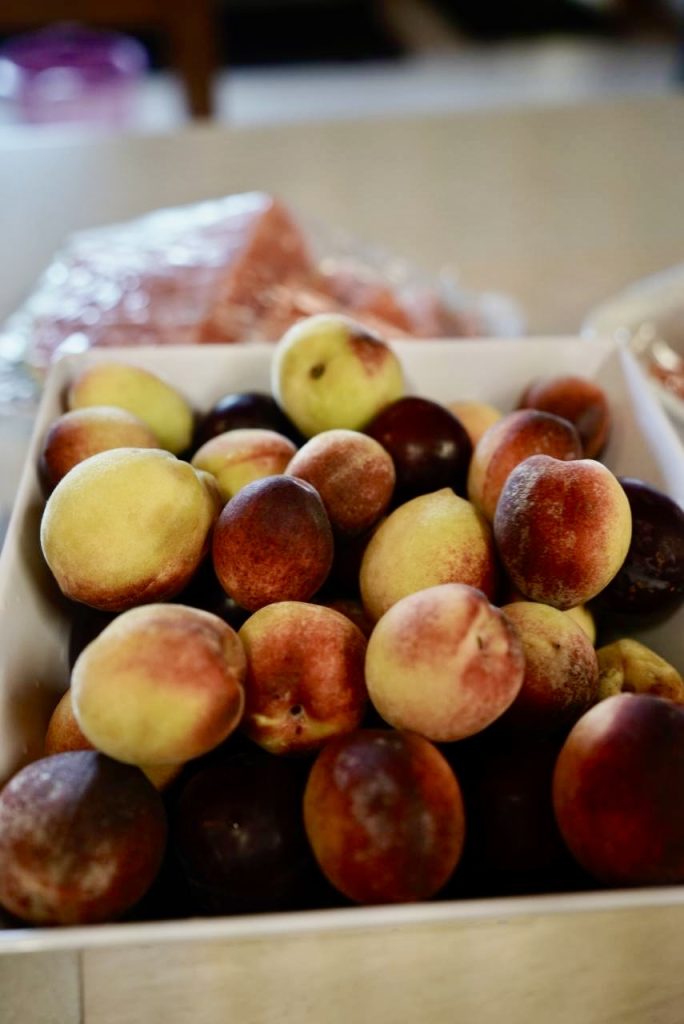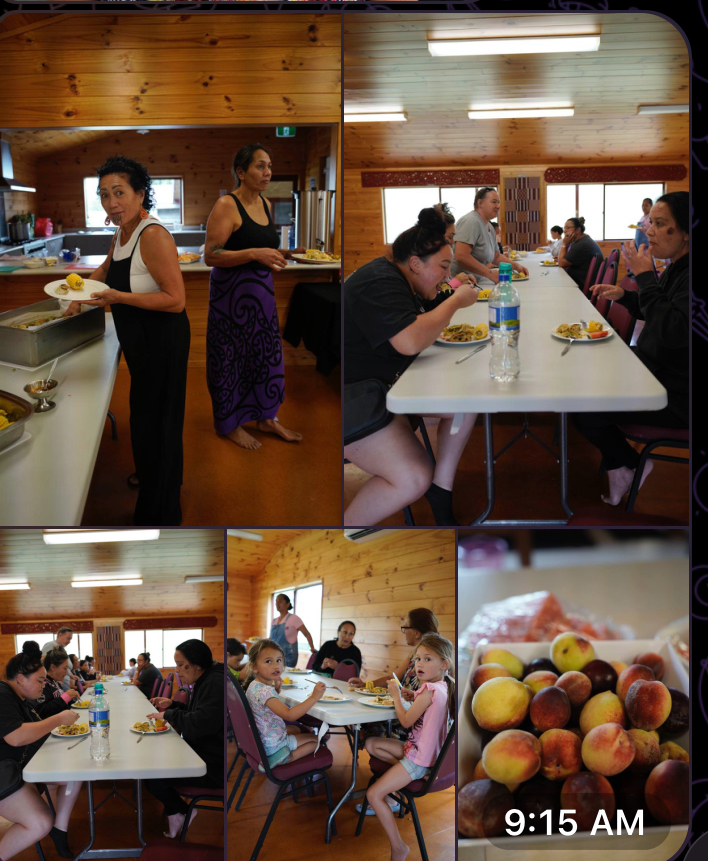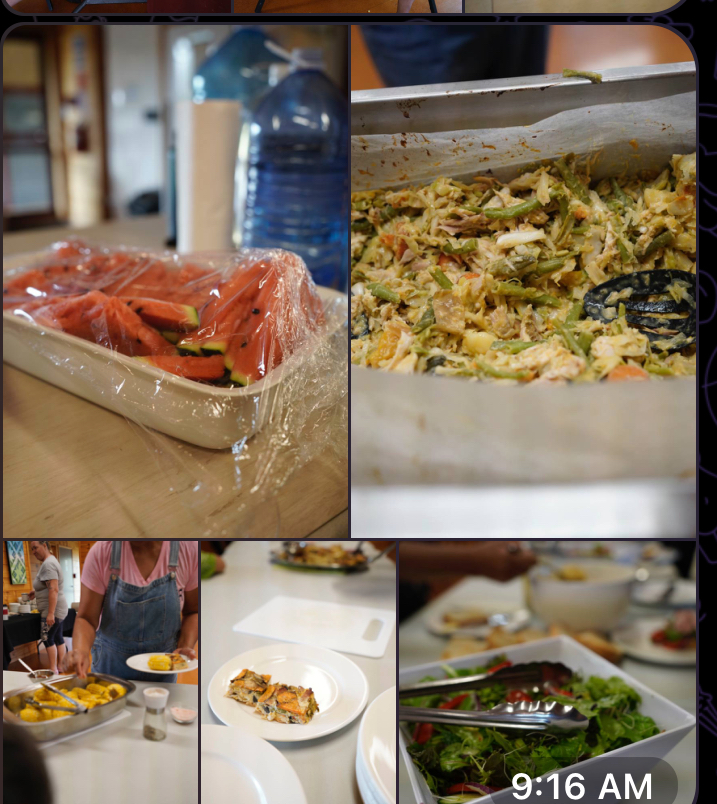Location: The Wharerangi marae is located in Puketapu, a village in the Hawke’s Bay region of New Zealand.
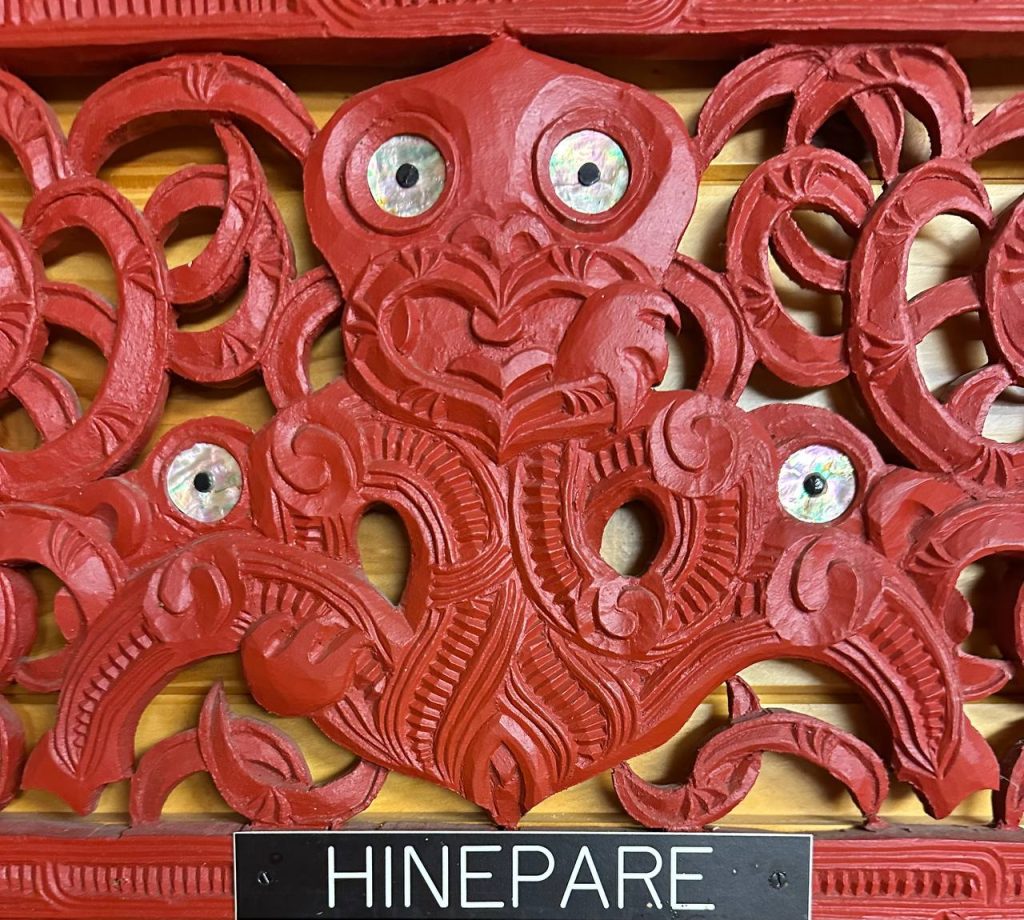
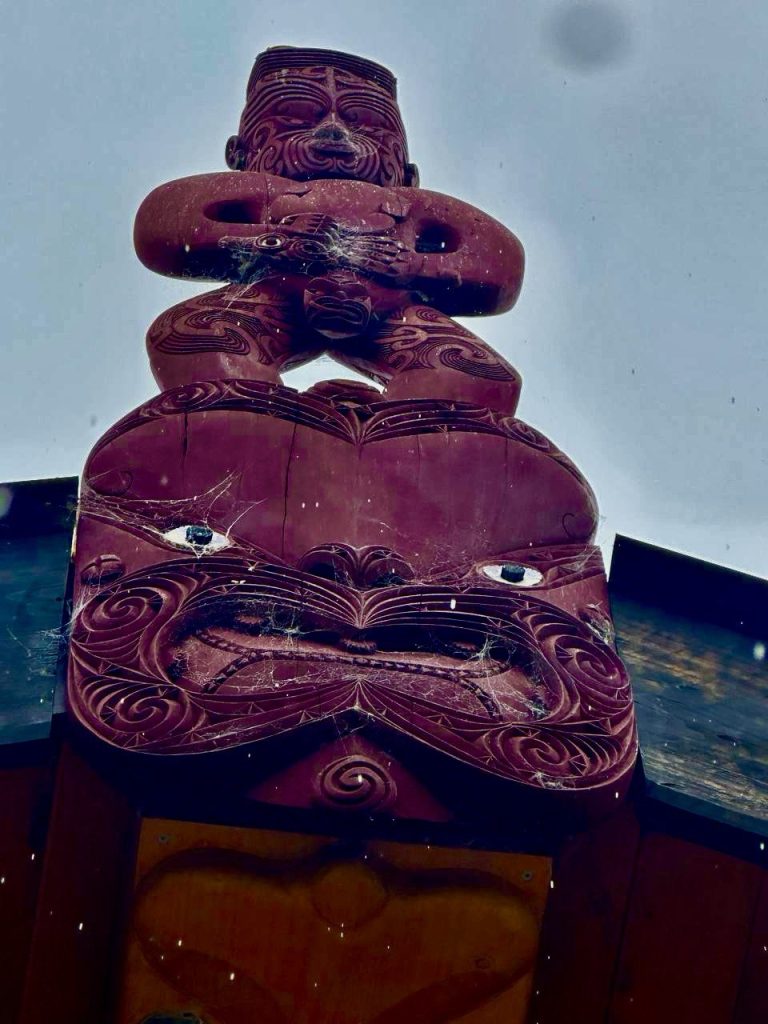
It is always such a pleasure to come to this marae. Please remember that NO carvings are to be put up on social media!
Whaikorero
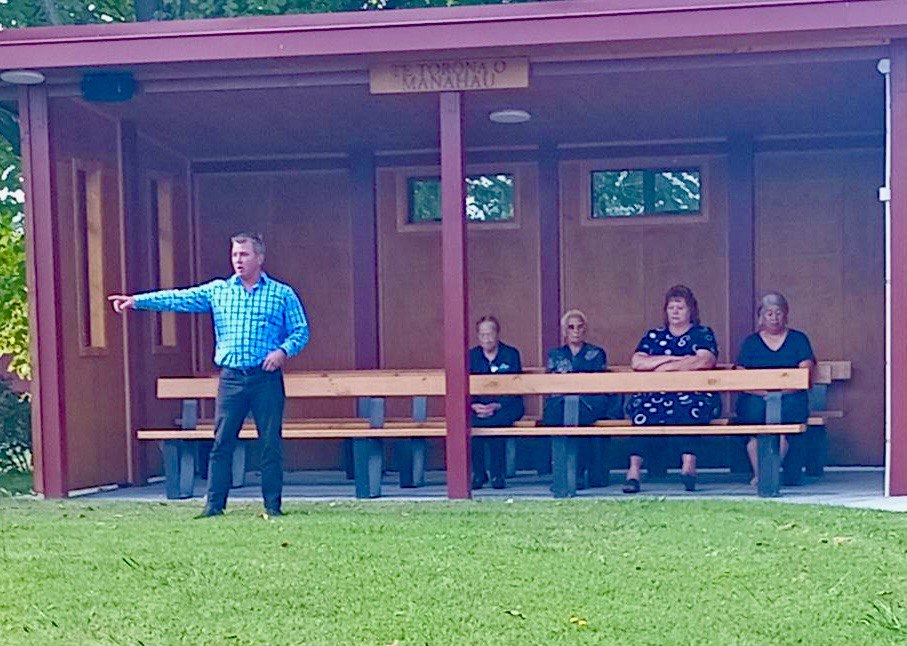
Coming late to the powhiri posed huge problems for the hau kainga in terms of the kuia on the right Beverley Kemp who made a point of making our ‘up and coming’ whaikorero speaking english. It is only another opportunity to learn. We must be on time to the powhiri where ever we go because they hau kainga come from their jobs to fulfill their jobs on the marae and this is an unpaid role whānau. Love that we sang so beautifully for Len Juane even under duress from the kuia. Please remember this was her problem not ours! There are ways to do these kinds of things and that way was somewhat disempowering. When I told Whaea Joanne what she did, she was blown away as she believed this is why so many of our whānau are not going back to the marae when their loved ones die and instead keep them at home. Joanne contributes this to not being up to play with the kawa and tikanga on the marae not only for the powhiri process but also with how some of the marae trustees may treat the whānau pani during the tangihanga.
Kapa Haka with Whaea Jo
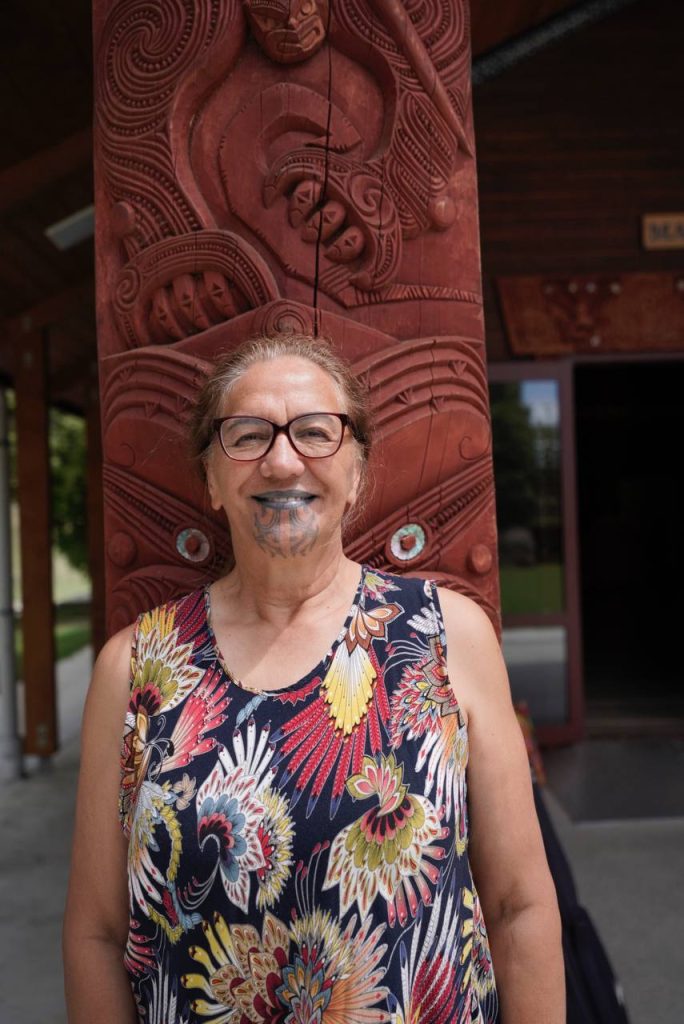
At this wananga, we were wanting to learn the waiata-a-ringa ‘Ruawharo’ was the Tohunga of the Takitimu Waka. Very interesting to hear the story unravel and to have all our ancestors in there Tamatea Ariki nui, Ruawharo and his hoa wahine and their standing place at Opoutama and then there’s Ruamano the whale who rode beside the waka as the taniwha and he tipua and his sisters who were the whānau o Tinirau who reside in the waters of Tangaroa and Hinemoananui. We see the karanga of Rongomaiwāhine the chieftainess of Te Mahia – Tawhiti mai, Tawhiti roa, Tawhiti pamaomao. Awesome waiata-a-ringa. Didn’t we do well to go over such a awesome example of our whakapapa to the Te Waka Tapu o Takitimu!

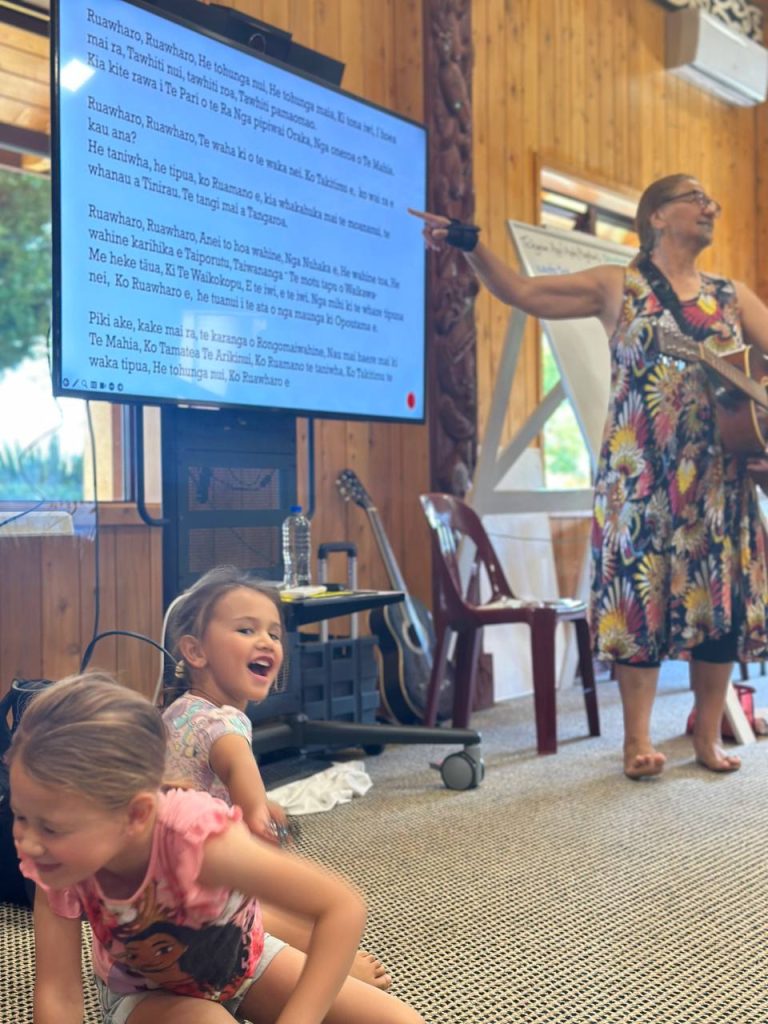
It was beautiful to see Whaea Jo’s mokopuna with her, especially knowing that this is how they learn best by being immersed in the wānanga. One day, they may look back and treasure these special moments of their kuia as an amazing teacher, memories that will live on in their cellular memory for a lifetime. By being positive role models for our tamariki and our mokopuna sharing lived experiences on the marae, we become the blueprint for them, so that one day, even when we are gone, they too will return to our marae and pass on the mātauranga of our ancestors to their tamariki and mokopuna.
Stepping it out line by line with the actions is awesome!
Tamariki are such an important part of this kaupapa!
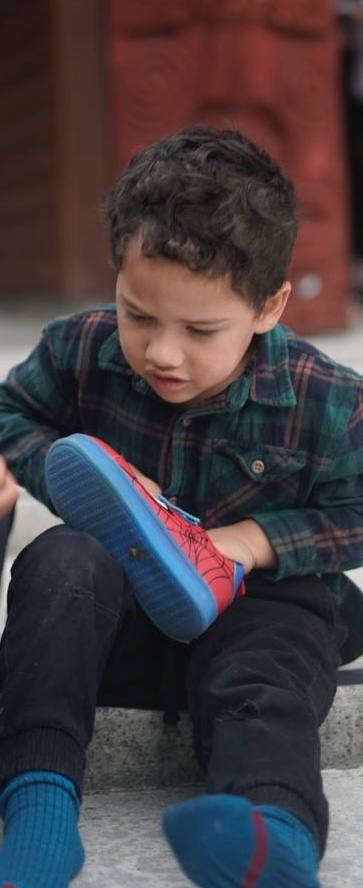
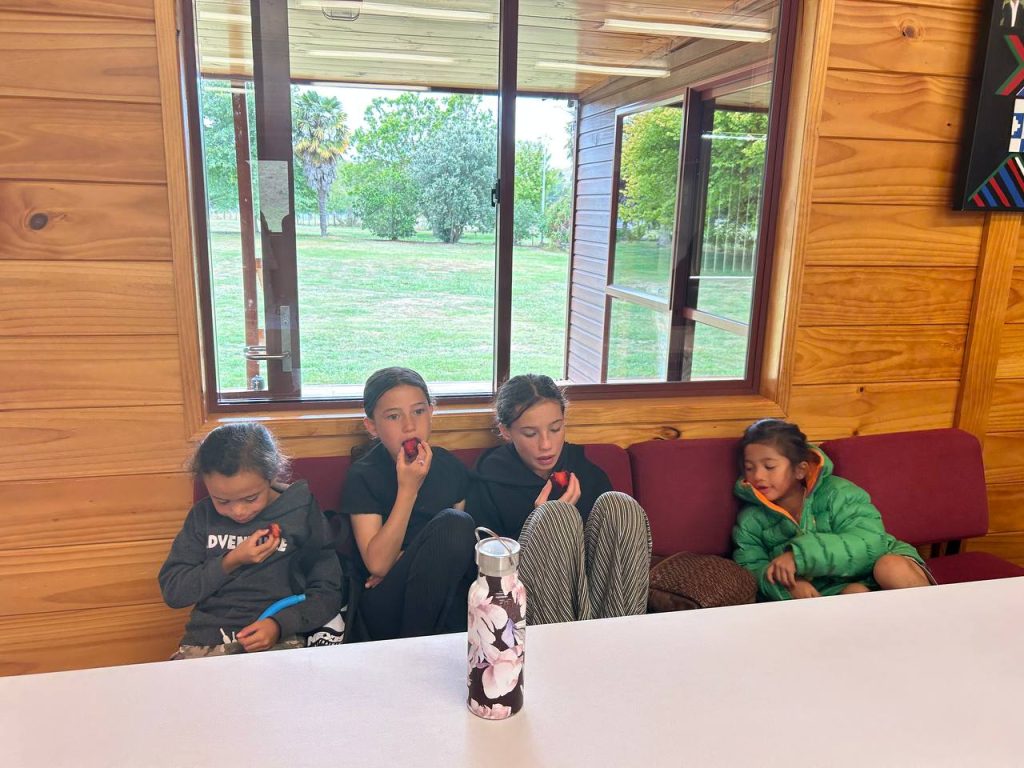
Lots of fruit for the tamariki. No sugar foods at our wananga!
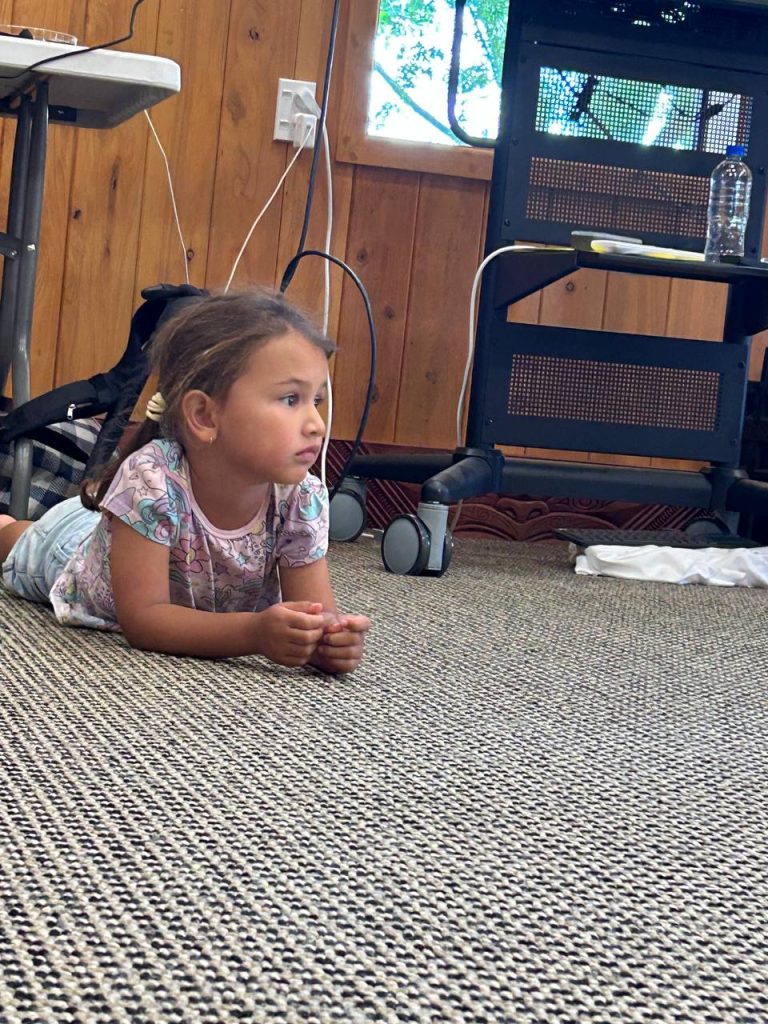
Teaching them rongoā and romiromi at a young age is so important so they normalise our ancestral healing way in the home. Never underestimate the healing potential that our tamariki can do when they get out of their own way but guess who has to role model this for them?
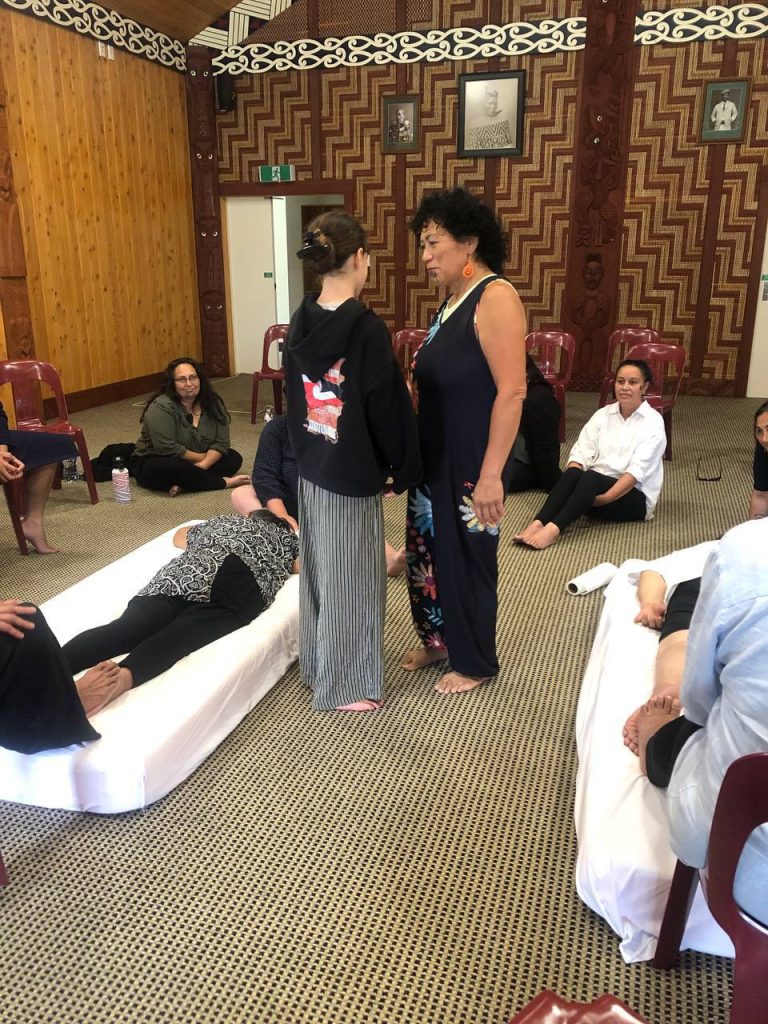
Even tamariki are able to do taa miri – intuitive diagnosis. Often because they have not had a lifetime of state conditioning like we have as adults.
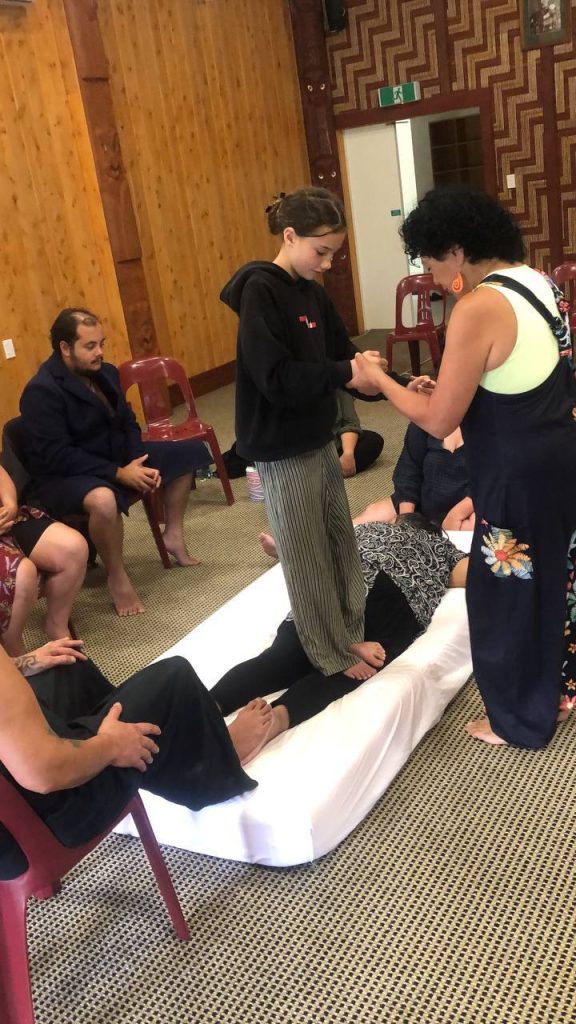
Awesome that she was helping our kuia softening up the lower back muscles so she can walk better.
Rongoā with Moana
I had asked Moana to get some flax root as this is what the old people used for cleaning the colon and gut out in the 1990’s. As time went by, our people stopped doing this and went to purchase health supplements instead. Now in the current financial climate, whanau cannot afford this especially now that our rent here in Hawkes Bay is just as high as the big cities with landlords taking advantage of the situation after many were displaced after the cyclone Gabrielle.
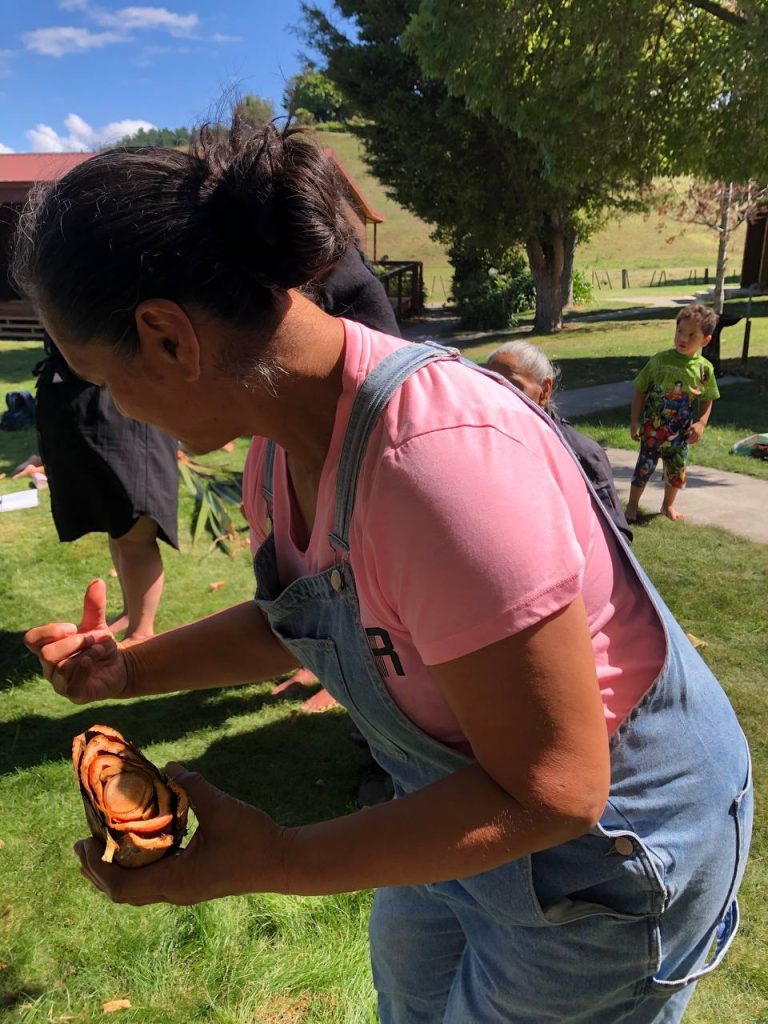
Moana shows how she cooked the flax root

Connecting with the rongoa is important as it is alive and has a mauri that is in tune with you


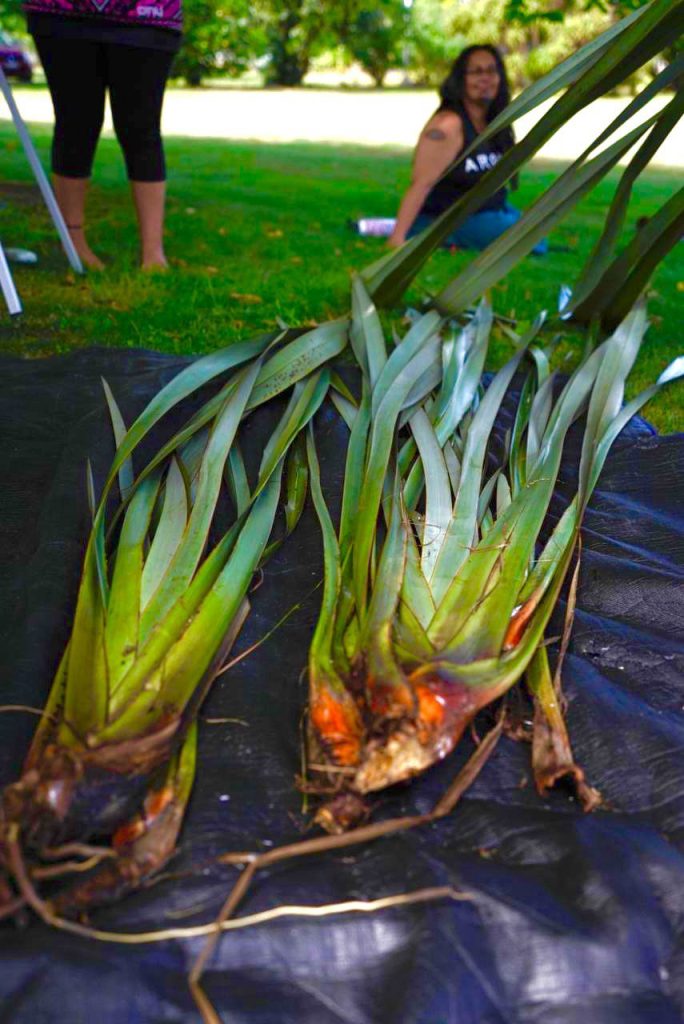
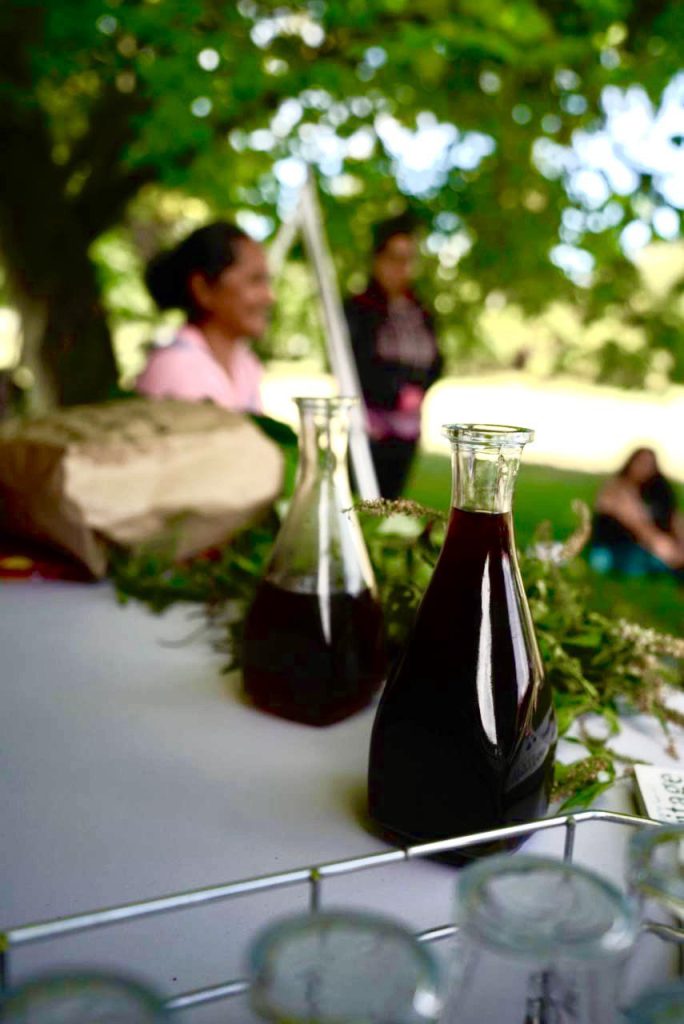
Kauri shares the whakapapa of the harakeke. Tena koe Kauri for sharing!
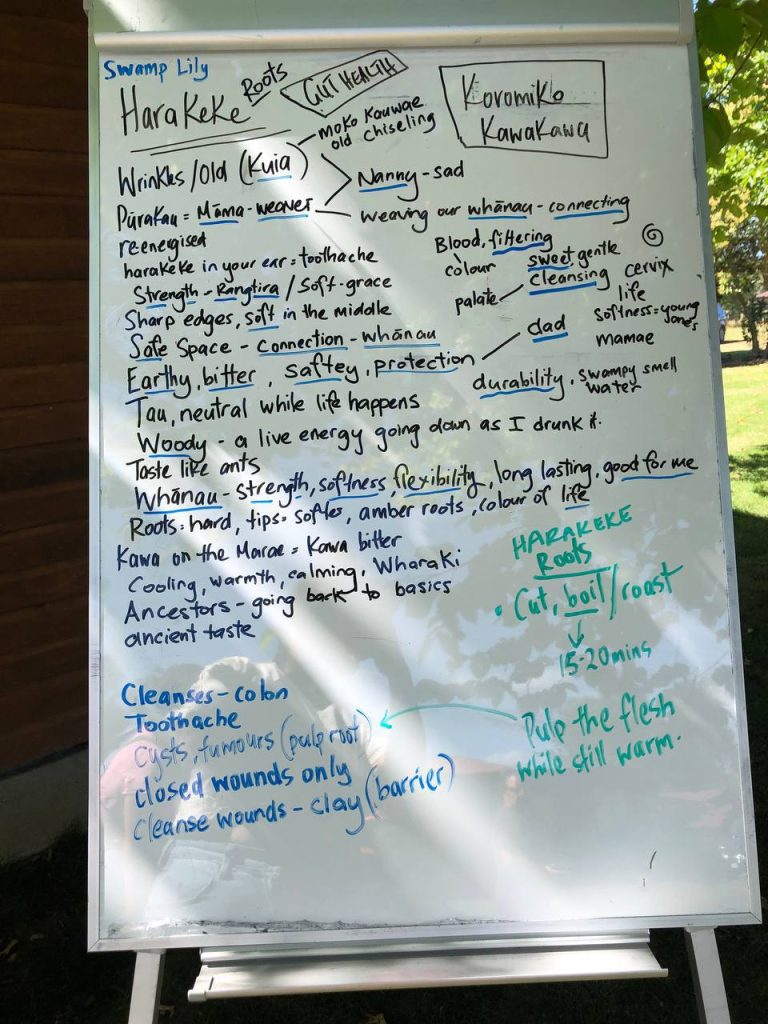
Romiromi with Charlotte
Koo miri with takutaku followed by taa miri the intuitive diagnosis of the body
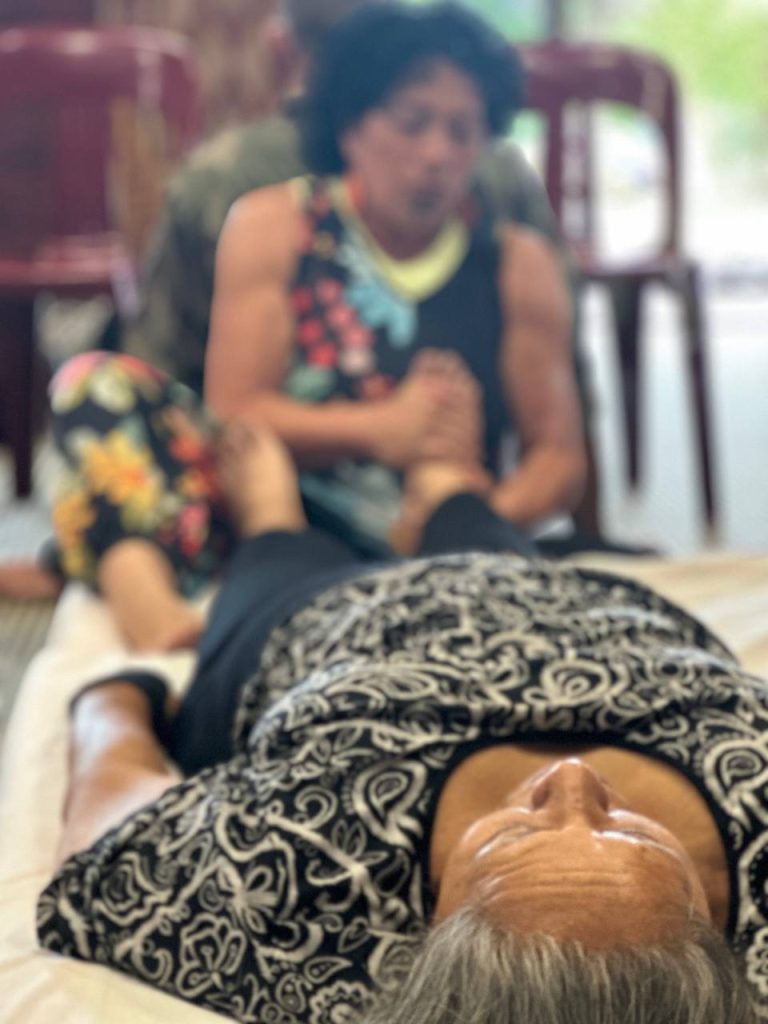
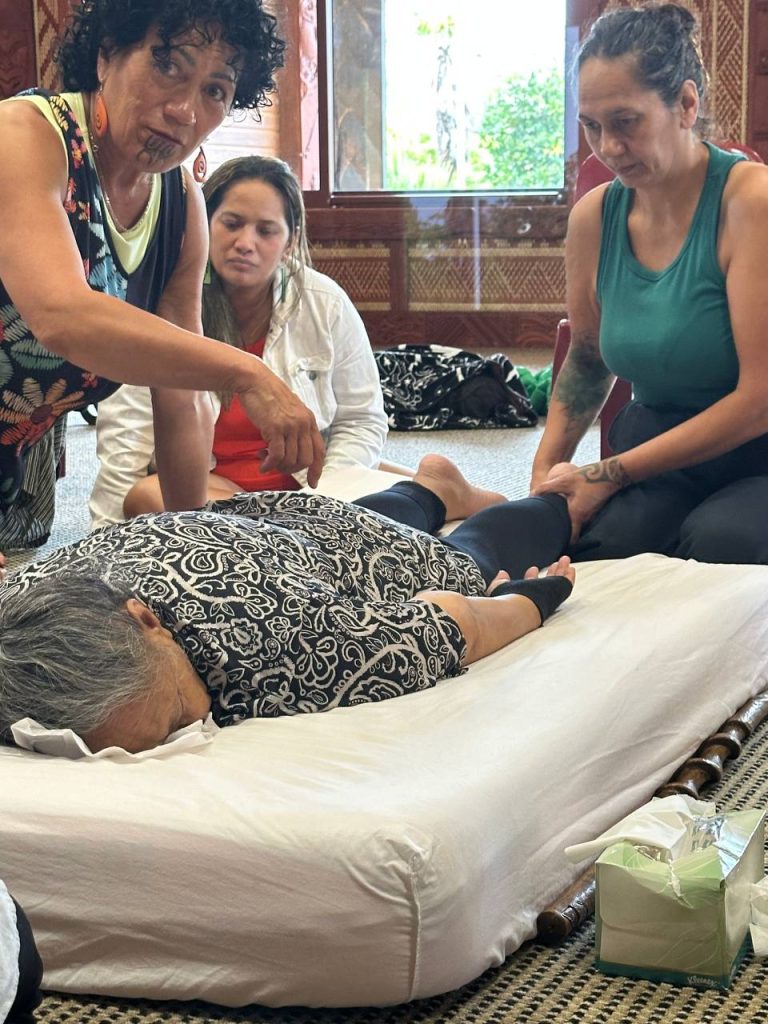

Important to see, feel, hear, sense and touch the body using the whatumanawa
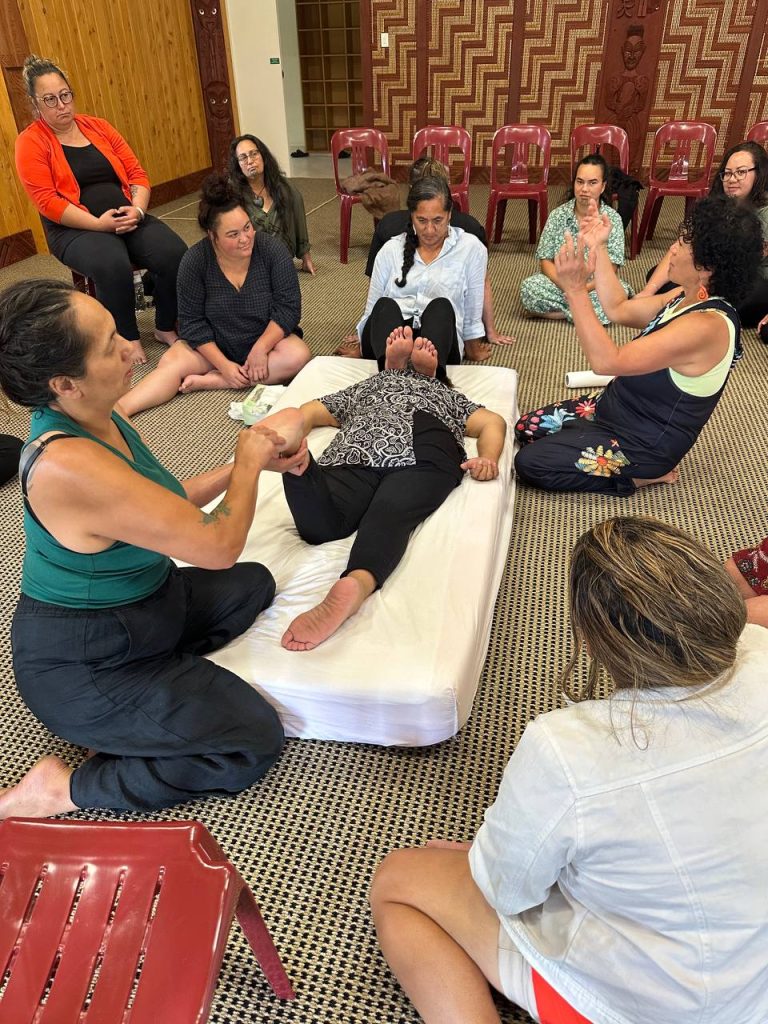
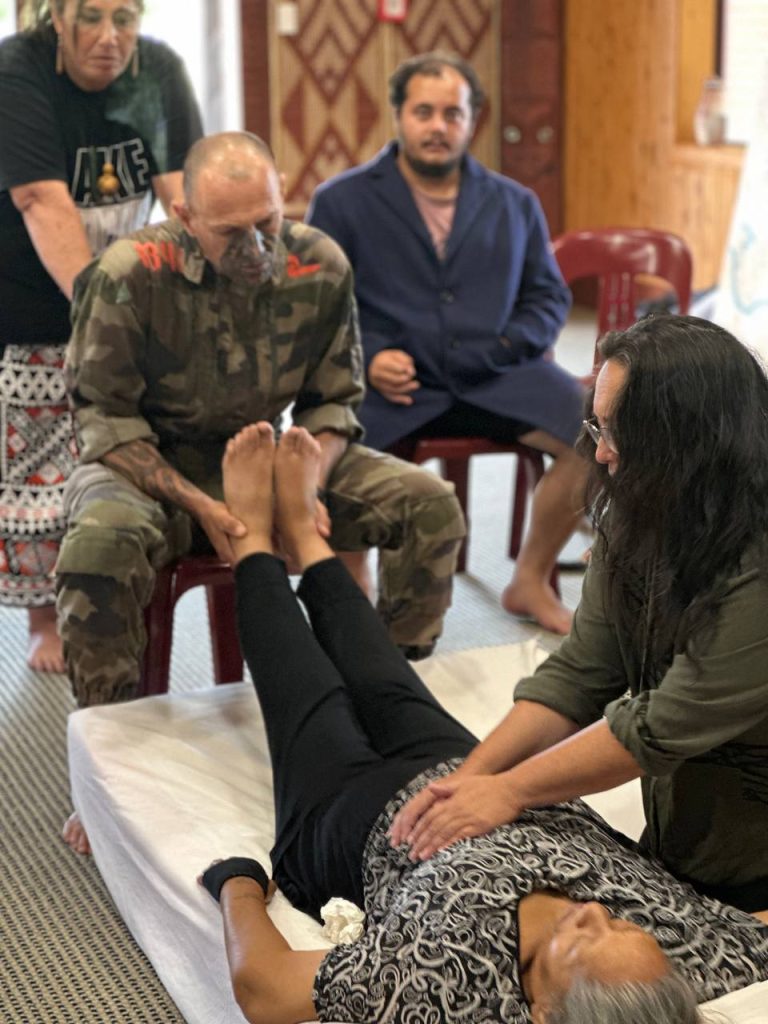
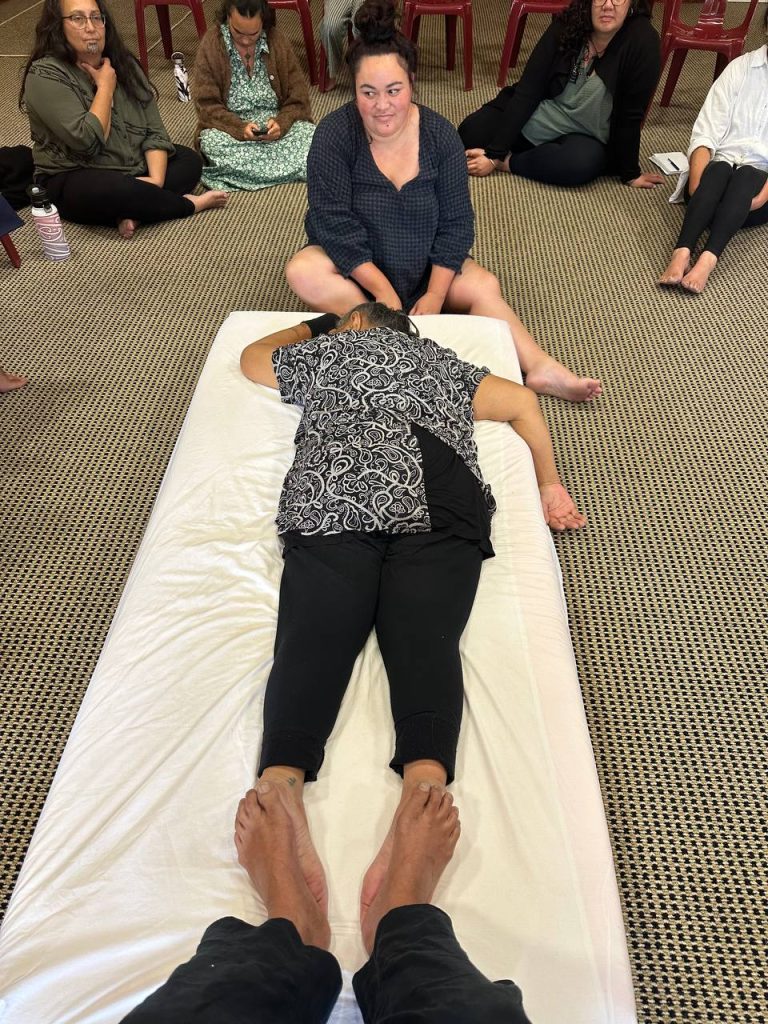

None of this being possible without accessing the Whatumanawa.
Whakapapa of the divine feminine
This is the follow on of the whakapapa of IO and Rikoriko coming down to the 12 children of Te Kore and then branching out to the female and the male lines of our whakapapa to Papa and Rangi. Her relationship with Tangaroa already established with the romiromi of the land (Papa) from the waters (Tangaroa) guided by the ancient Goddess of Romiromi known as both Ruahine and/or Rauhine.
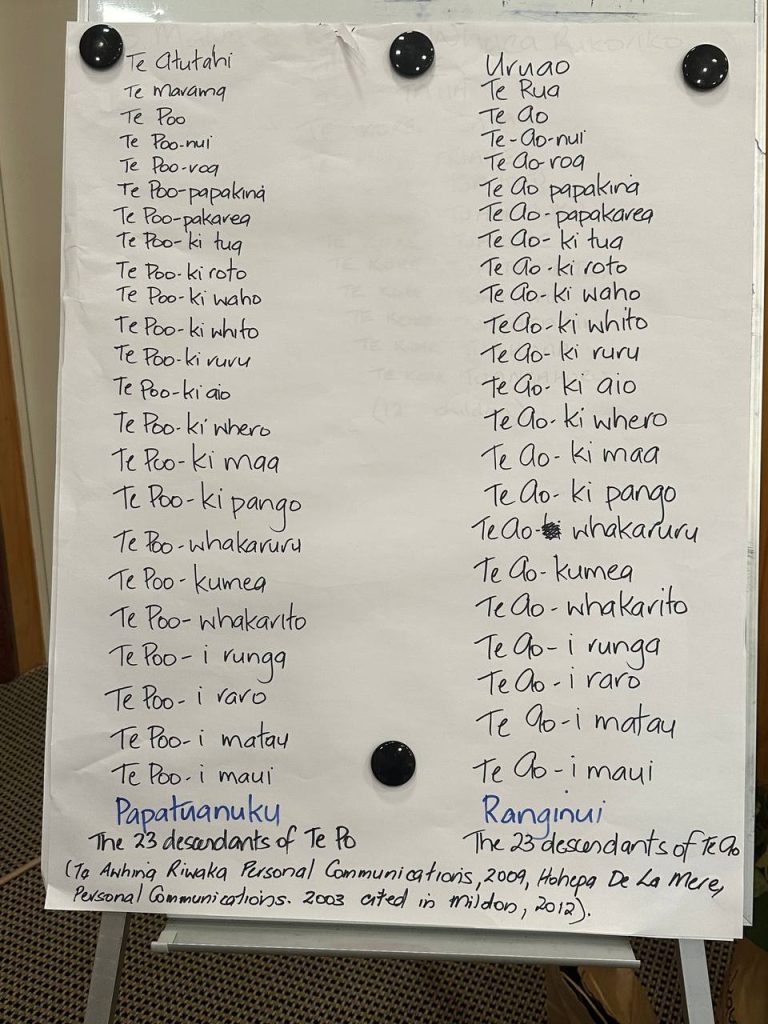
Mate Maori – Mate Wairangi – Mate Haurangi – Mate Makutu
These healing philosophies come from the late Hohepa Kereopa from Waimana whom I met many years ago. He was an amazing Tohunga who was also cousin to the late Dr Rose Pere. You can google him to see the series of books he wrote with Paul Moon. In one of these books, Hohepa identifies the female Tohunga as the strongest of all being able to bring the dead back to life using water and a blade of grass with their karakia.
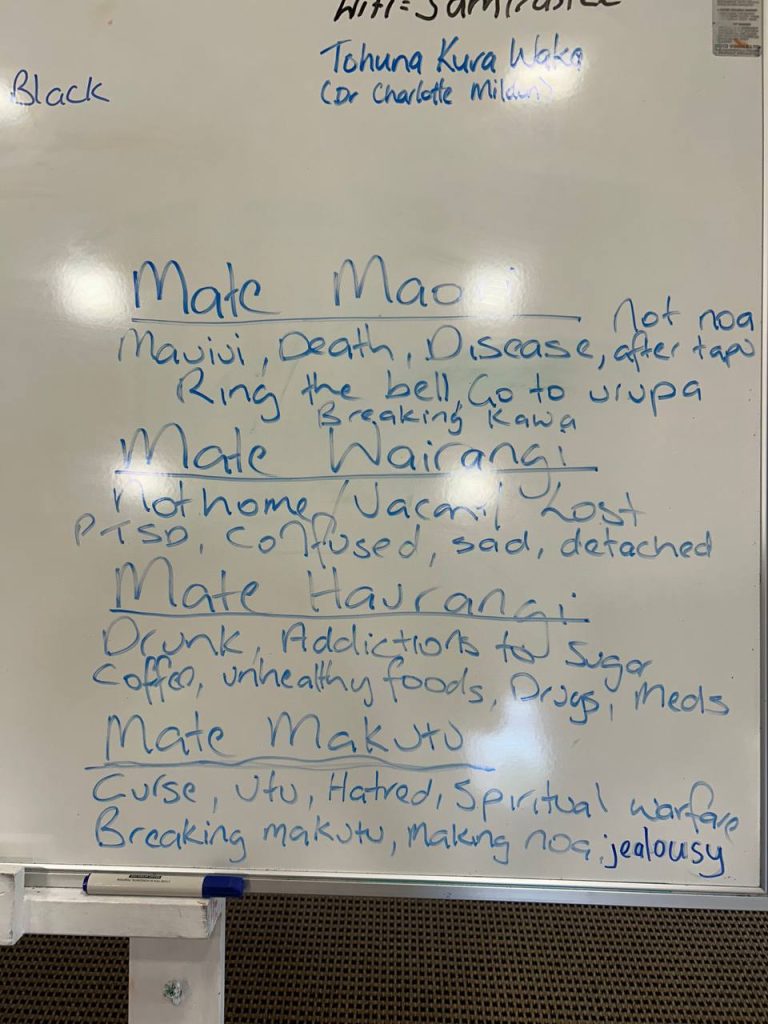
An example of the breaking of a makutu by Whirimako Black
An amazing story of this chant by Whirimako Black as shared with me at Te Whare Wānanga o Awanuiārangi while studying my Masters. A story of a kuia who killed and cut a man’s body up into little pieces as an utu for what he had done to her. Many generations later, the Tohunga were trying to break the makutu using this chant. Of course this is from Tuhoe known as the children of the mist who are the descendants of Hinepukohurangi and her lover He Maunga who she shrouds them in mist.

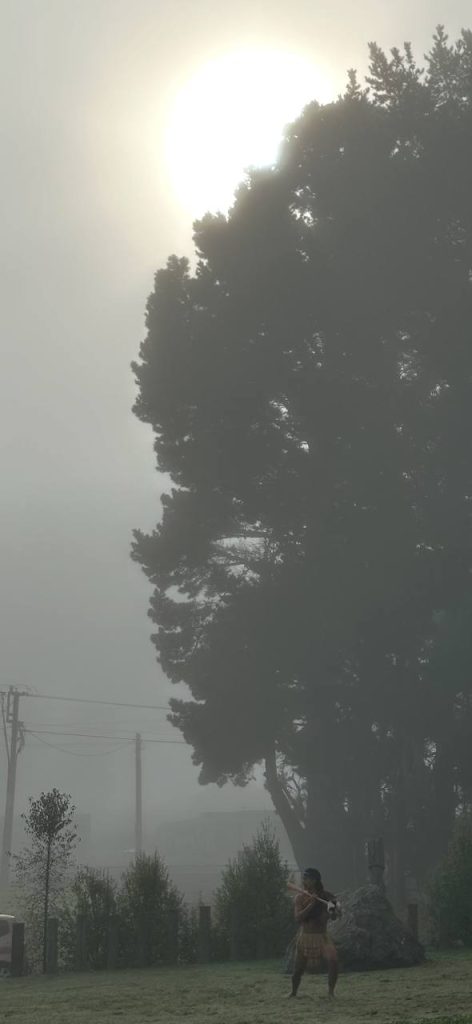
Look at the silhouette of the tree to see the divine feminine. This picture was taken at the Waiohiki marae during the powhiri for the Rongoā Symposium when Hinepūkohurangi came out all over Taradale and over the marae for a cleansing. He Tohu Pai!
The difference between the Tohuna and the Tohunga

The late Dr Rose Pere: Tohuna
As the Tohuna, the sower of the seeds of wisdom, Rose was born with the knowledge and only taught how to access it
Picture taken with the late Dr Joe Pere, her esteemed partner
Atarangi Muru: Ngati Kuri Tohunga Romiromi

Tohunga: Trained from an early age and mentored for life providing the student stays tika to the kaupapa. Founder of the Maaori Healers who has travelled worldwide teaching romiromi for over 20 years.
Atarangi has continued to mentor me throughout the years and still is even today in 2025.

The late Manu Korewha: He Tohunga Ahurewa
Trained from an early age with a vast range of abilities being able to channel old takutaku of the Atua Wāhine as a priest of a much higher order. Having a knowledge base that was phenomenal, the late Hohepa De La Mere, referred to manu as his tuakana. Picture was taken while we were working in Mumbai in 2011.
Differences in Matakite and Matekite
Kitetanga to be able to see, feel, hear, know, smell, perceive
MATAKITE: as well as having the kitetanga abilities, the matakite is especially able to intuitively see into the future and perceive what will happen.
MATEKITE: Ability to see and communicate with those who have passed on. Being able to live and be in the darkness of te po as well as te ao.
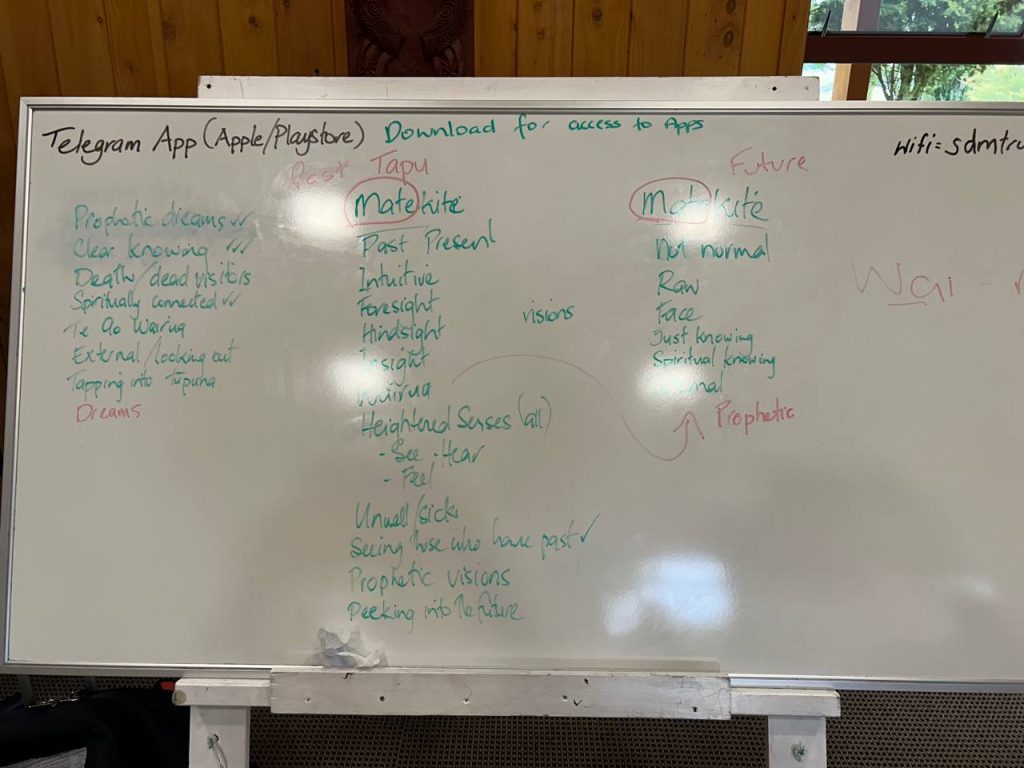
Focus on Dairy, Gluten and Sugar Free Kai on the Table
Ngā mihi Dougie
